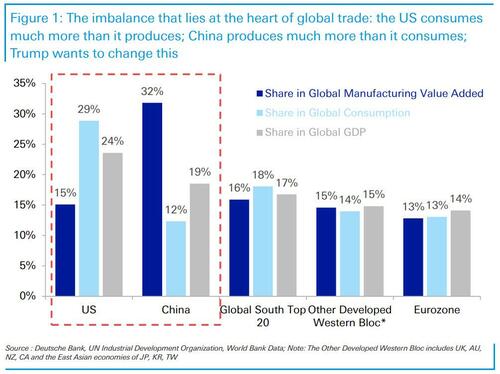
Experts at the Ministry of Industry and unspecified international consultants are wrapping up a new resource map that officials hope will be a crucial tool in placing manufacturing industries in locations with easy access to locally sourced raw materials. The misalignment of industries and resources was a key topic during the Ministry’s presentation of its six-month report in Parliament this week. MPs accused its officials of neglecting their duty to ensure access to raw materials for manufacturers, exemplified by the hoops many of them have to jump through to get their hands on inputs, while others are forced to turn to imports.
“Some industries are located much farther away from where they could easily access the raw materials needed. Others hold insignificant value in the economy because they depend fully on imports even if what their production requires is available in the local market,” said a member of the parliamentary committee for Industry and Mining. “There are also other industries who merely import without adding any value.

We would like the Ministry to provide us with a plausible explanation for this and an indicative structural plan to improve the situation,” said the MP. Muslima Rashid, another MP, pointed to Jjimma Industrial Park as a prime example of the kind of poor planning plaguing the manufacturing sector. She observes the factories in the park barely utilize the resources available in the surrounding area.
“Most of the factories in this industrial park are inoperational. How much research is being done in the lead up to the decision of placing them there?” she asked. Tsedale Abera, a representative from the Benishangul-Gumuz Regional State, demanded that Ministry officials explain why the Industrial Parks Development Corporation (IPDC) failed to develop a park after it secured a plot of land from the Benishangul-Gumuz regional administration.
Fetima Hadi (PhD), another MP, called on the officials to provide a full report detailing the level of alignment between the parks’ operation and the country’s long-standing manufacturing policies. She also demanded to see a detailed report on the number of jobs created and forex earned by industrial parks, as well as a presentation on their role in import substitution. Melaku Alebel, minister of Industry, told lawmakers determining where and on what kind of product an investor chooses to use its financing is not a task for the government.
“Neither the federal nor regional governments have power over where an investor wants to invest. All we can do is assist them in their selection,” he said. International consultants have drawn up a nationwide resource map for use by regional administrations in guiding investors to areas where their endeavors would be most efficient, according to the Minister.
“The consultants have concluded the mapping. All that’s left is consulting with each regional state and putting it into effect,” he said. However, Melaku asserts that using the map will not be mandatory.
He acknowledged the inefficiency at industrial parks and told MPs the Ministry would soon address calls for the construction of parks in a number of regional states. “There is a need to improve the efficiency of existing industrial parks and measure the response. We need to be able to measure how much return every cost will offer.
As previously demonstrated; if we make industrial parks like those planted by politics, we will place the country in debt. Decisions are made with this in mind. Therefore, we will not build a new industrial park in the short term.
We should make the existing ones effective,” Melaku said. He stated that manufacturers residing within parks make up only a small share of total manufacturing export revenues. “One of the biggest problems with it is that the backward integration is not properly planned.
Most of the industries that we put in the parks were built in such a way that more than 90 percent of their raw materials are getting imported,” he told lawmakers..















